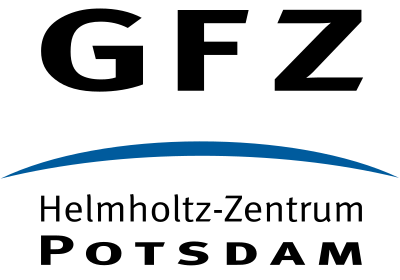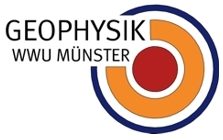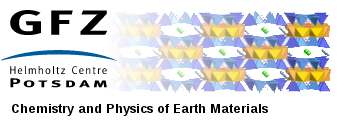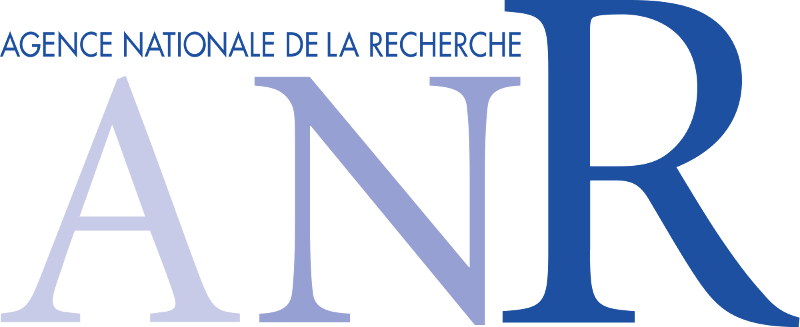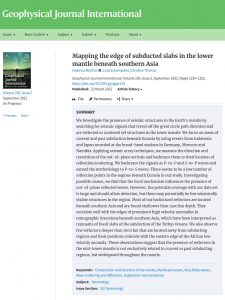 On March 23rd, 2022, TIMEleSS student Federica Rochira, published a new paper in Geophysical Journal international: Mapping the edge of subducted slabs in the lower mantle beneath southern Asia.
On March 23rd, 2022, TIMEleSS student Federica Rochira, published a new paper in Geophysical Journal international: Mapping the edge of subducted slabs in the lower mantle beneath southern Asia.
In this work, Federica Rochira, Lina Schumacher, and Christine Thomas from the Westfälische Wilhelms-Universität, Münster, investigate the presence of seismic structures in the Earth’s mantle by searching for seismic signals, and in particular signals from the edges of subducted slabs. They rely on an original approach that uses was that travel off the great circle path direction and are reflected or scattered off structures in the lower mantle and focus on areas of current and past subduction beneath Eurasia by using events from Indonesia and Japan recorded at the broad-band stations in Germany, Morocco and Namibia. Applying seismic array techniques, they measure the direction and traveltime of the out-of-plane arrivals and backtrace them to their location of reflection/scattering.
The results of the work indicate that most of the backtraced reflectors are located beneath southern Asia and are found shallower than 1500 km depth. They correlate well with the edges of prominent high velocity anomalies in tomographic inversions beneath southern Asia, which have been interpreted as remnants of fossil slabs of the subduction of the Tethys Oceans. They also observe few reflectors deeper than 1600 km that are located away from subducting regions and their positions coincide with the eastern edge of the African low velocity anomaly.
These observations suggest that the presence of reflectors in the mid-lower mantle is not exclusively related to current or past subducting regions, but widespread throughout the mantle.
The full details are in the following publication: F. Rochira, L. Schumacher, C. Thomas, Mapping the edge of subducted slabs in the lower mantle beneath southern Asia, Geophysical Journal International, 230, 1239–1252 (2022) [doi: 10.1093/gji/ggac110]


